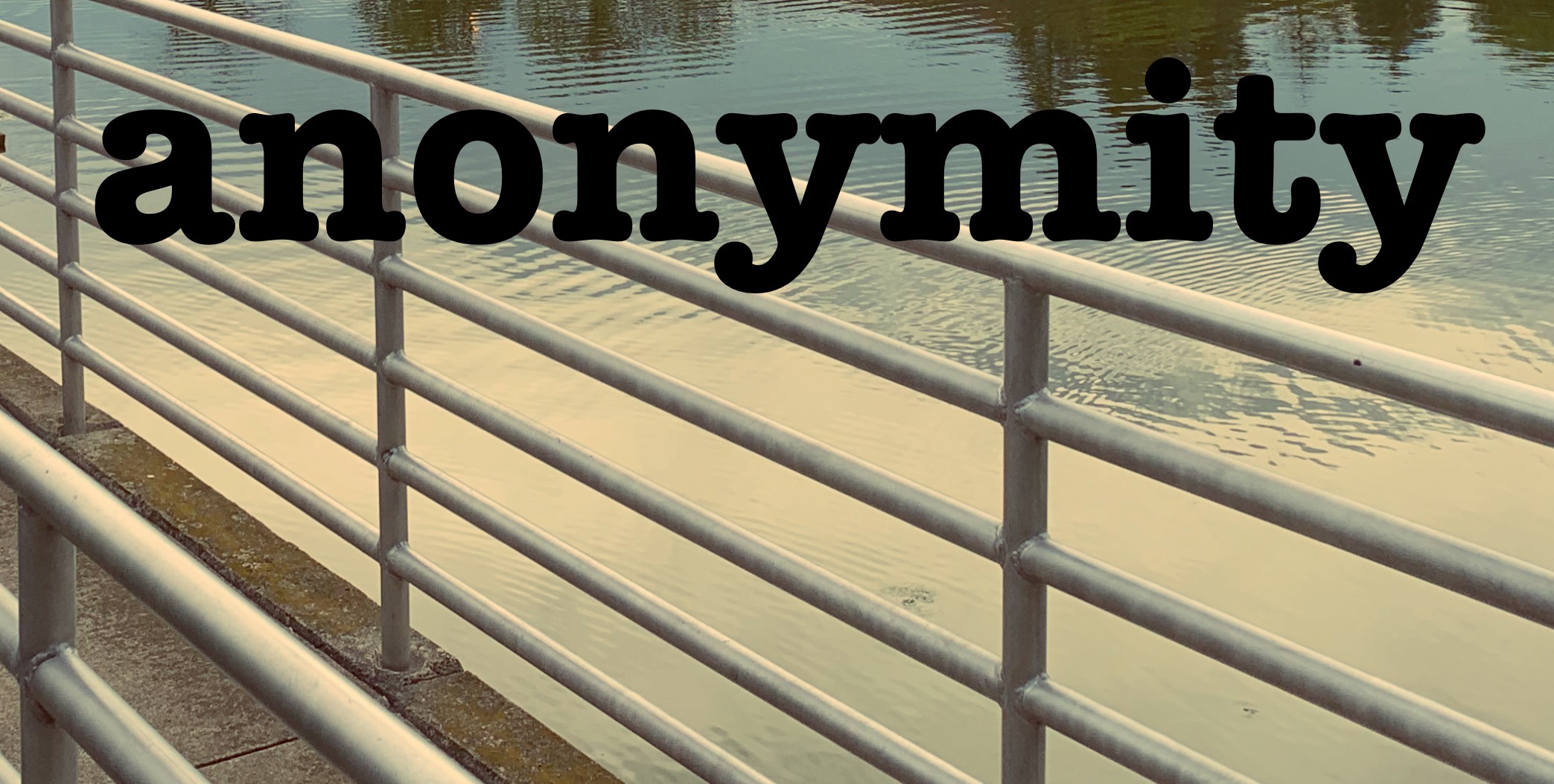When a copyright plaintiff does not know who a particular alleged infringer is, it must first send a subpoena to the ISP assigned the IP address used to commit the alleged infringement. But the rules of procedure do not allow the sending of subpoenas until after the 26(f) conference – a meeting between the plaintiff and defendant (or their lawyers) to discuss the case. A plaintiff cannot have a 26(f) conference if the defendant has not been served with the complaint, and the complaint cannot be served unless the defendant’s identity is known.
So you can see the conundrum. To break out of this not-knowing, plaintiffs in situations like this will ask the court’s help through a motion for leave to take early discovery. That way the plaintiff can learn who the defendant is, serve the complaint, and move the case forward.
In the recent case of Strike 3 Holdings v. Doe, Judge Royce Lamberth of the U.S. District Court for the District of Columbia put a stop to the efforts of a plaintiff that it called a copyright troll right to its face (or at least right in the text of the opinion). The court denied Strike 3’s motion for leave to take early discovery to learn the identity of an unknown BitTorrent user accused of downloading pornography.
The court held that the plaintiff’s request was not specific enough, and the privacy interests of the unknown defendant, together with the social harm of being wrongfully accused of obtaining “particularly prurient pornography” were not outweighed by the trollish plaintiff’s need for the information.
Key to the court’s ruling was the idea that a subpoena in circumstances like this must be able to actually identify a defendant who could be sued. The court noted, however, that
Strike 3 could not withstand a 12(b)(6) motion in this case without resorting to far more intensive discovery machinations sufficiently establishing defendant did the infringing—examining physical evidence (at least the computers, smartphones, and tablets of anyone in the owner’s house, as well as any neighbor or houseguest who shared the Internet), and perhaps even interrogatories, document requests, or depositions. Strike 3’s requested subpoena thus will not—and may never—identify a defendant who could be sued.
The opinion is an entertaining read and conveys the judge’s clear frustration with copyright troll plaintiffs. Below are some of the more memorable quips.
Regarding the flaws of using IP addresses to identify people:
[Plaintiff’s] method [of identifying infringers] is famously flawed: virtual private networks and onion routing spoof IP addresses (for good and ill); routers and other devices are unsecured; malware cracks passwords and opens backdoors; multiple people (family, roommates, guests, neighbors, etc.) share the same IP address; a geolocation service might randomly assign addresses to some general location if it cannot more specifically identify another.
Regarding the public shame of being accused of infringing porn:
… But in many cases, the method is enough to force the Internet service provider (ISP) to unmask the IP address’s subscriber. And once the ISP outs the subscriber, permitting them to be served as the defendant, any future Google search of their name will turn-up associations with the websites Vixen, Blacked, Tushy, and Blacked Raw. The first two are awkward enough, but the latter two cater to even more singular tastes.
How trolls are quick to flee:
Indeed, the copyright troll’s success rate comes not from the Copyright Act, but from the law of large numbers. … These serial litigants drop cases at the first sign of resistance, preying on low-hanging fruit and staying one step ahead of any coordinated defense. They don’t seem to care about whether defendant actually did the infringing, or about developing the law. If a Billy Goat Gruff moves to confront a copyright troll in court, the troll cuts and runs back under its bridge. Perhaps the trolls fear a court disrupting their rinse-wash-and-repeat approach: file a deluge of complaints; ask the court to compel disclosure of the account holders; settle as many claims as possible; abandon the rest.
It’s pretty much extortion:
Armed with hundreds of cut-and-pasted complaints and boilerplate discovery motions, Strike 3 floods this courthouse (and others around the country) with lawsuits smacking of extortion. It treats this Court not as a citadel of justice, but as an ATM. Its feigned desire for legal process masks what it really seeks: for the Court to oversee a high-tech shakedown. This Court declines.
The court’s decision to deny discovery is anything but the rubber stamp approach so many judges in these kinds of cases over the past several years have been accused of employing.
Strike 3 Holdings v. Doe, 2018 WL 6027046 (D.D.C. November 16, 2018)





 Plaintiff sued a construction company and certain municipal authorities for negligence and loss of parental consortium after her toddler son was seriously injured in front of a construction site. Defendants sought broad discovery from plaintiff’s Facebook account, to which plaintiff objected in part. But the trial court required plaintiff to answer the discovery. So plaintiff sought review with the appellate court. On appeal, the court overturned the trial court.
Plaintiff sued a construction company and certain municipal authorities for negligence and loss of parental consortium after her toddler son was seriously injured in front of a construction site. Defendants sought broad discovery from plaintiff’s Facebook account, to which plaintiff objected in part. But the trial court required plaintiff to answer the discovery. So plaintiff sought review with the appellate court. On appeal, the court overturned the trial court. 